Lamborghini Urus vs Maserati Grecale – Which one offers the better deal?
Compare performance, boot capacity, efficiency and price at a glance.
Find out which car is the better choice for you – Lamborghini Urus or Maserati Grecale?
Costs and Efficiency:
Price and efficiency are often the first things buyers look at. Here it becomes clear which model has the long-term edge – whether at the pump, the plug, or in purchase price.
Maserati Grecale has a clearly advantage in terms of price – it starts at 71500 £, while the Lamborghini Urus costs 199400 £. That’s a price difference of around 127938 £.
Fuel consumption also shows a difference: Lamborghini Urus manages with 2.10 L and is therefore clearly more efficient than the Maserati Grecale with 8.80 L. The difference is about 6.70 L per 100 km.
As for range, the Maserati Grecale performs clearly better – achieving up to 501 km, about 441 km more than the Lamborghini Urus.
Engine and Performance:
Power, torque and acceleration say a lot about how a car feels on the road. This is where you see which model delivers more driving dynamics.
When it comes to engine power, the Lamborghini Urus has a clearly perceptible edge – offering 800 HP compared to 558 HP. That’s roughly 242 HP more horsepower.
In acceleration from 0 to 100 km/h, the Lamborghini Urus is a bit quicker – completing the sprint in 3.30 s, while the Maserati Grecale takes 3.80 s. That’s about 0.50 s faster.
In terms of top speed, the Lamborghini Urus performs hardly perceptible better – reaching 312 km/h, while the Maserati Grecale tops out at 285 km/h. The difference is around 27 km/h.
There’s also a difference in torque: Lamborghini Urus pulls slightly stronger with 950 Nm compared to 820 Nm. That’s about 130 Nm difference.
Space and Everyday Use:
Cabin size, boot volume and payload all play a role in everyday practicality. Here, comfort and flexibility make the difference.
Both vehicles offer seating for 5 people.
In curb weight, Maserati Grecale is slightly lighter – 1870 kg compared to 2150 kg. The difference is around 280 kg.
In terms of boot space, the Lamborghini Urus offers slightly more room – 616 L compared to 535 L. That’s a difference of about 81 L.
When it comes to payload, Maserati Grecale significantly takes the win – 690 kg compared to 350 kg. That’s a difference of about 340 kg.
Who wins the race?
The Lamborghini Urus proves to be outperforms in nearly all aspects and therefore becomes our DriveDuel Champion!
Lamborghini Urus is the better all-rounder in this comparison.
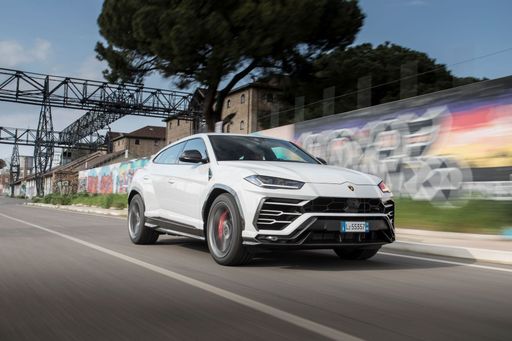
Lamborghini Urus
Lamborghini Urus
The Lamborghini Urus is a striking blend of performance, luxury, and versatility, embodying the spirit of a supercar in a high-performance SUV form. Its bold design and aggressive lines make a statement on the road, ensuring it stands out in any environment. Inside, the Urus combines premium materials with cutting-edge technology, offering a driving experience that is both exhilarating and comfortable.
details @ Automobili Lamborghini S.p.A.
@ Automobili Lamborghini S.p.A.
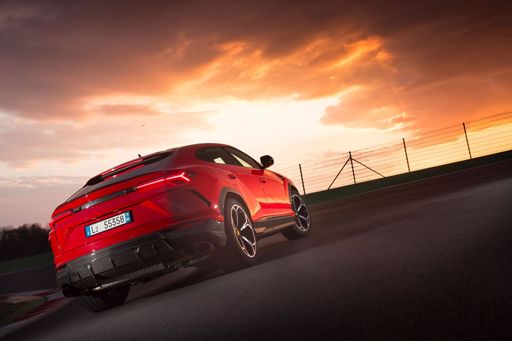 @ Automobili Lamborghini S.p.A.
@ Automobili Lamborghini S.p.A.
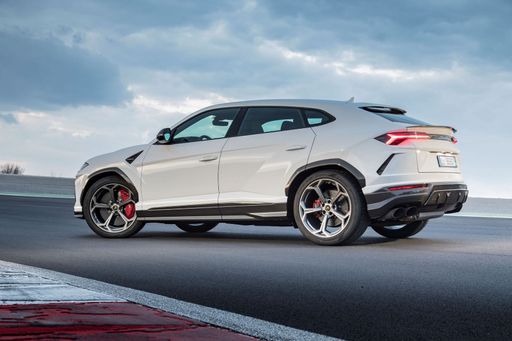 @ Automobili Lamborghini S.p.A.
@ Automobili Lamborghini S.p.A.
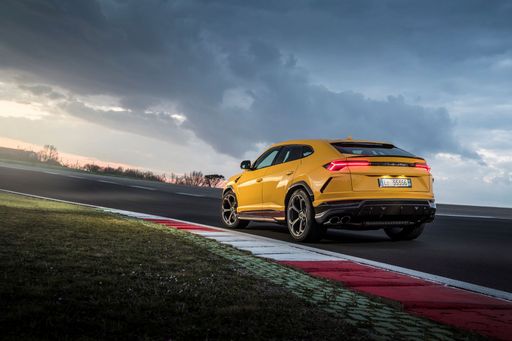 @ Automobili Lamborghini S.p.A.
@ Automobili Lamborghini S.p.A.
 @ Automobili Lamborghini S.p.A.
@ Automobili Lamborghini S.p.A.
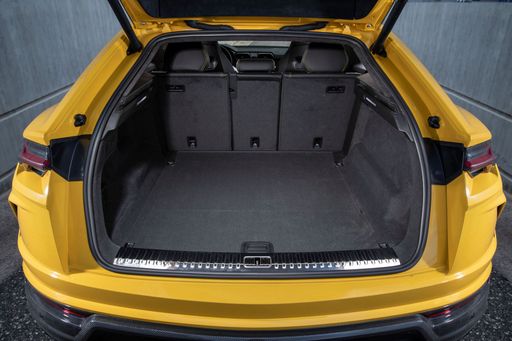 @ Automobili Lamborghini S.p.A.
@ Automobili Lamborghini S.p.A.
Maserati Grecale
The Maserati Grecale elegantly combines luxury and performance, making it a standout choice in the SUV market. Its sophisticated design is complemented by a spacious interior that offers both comfort and high-end finishes. Advanced technology features ensure a driving experience that is as smooth as it is dynamic.
details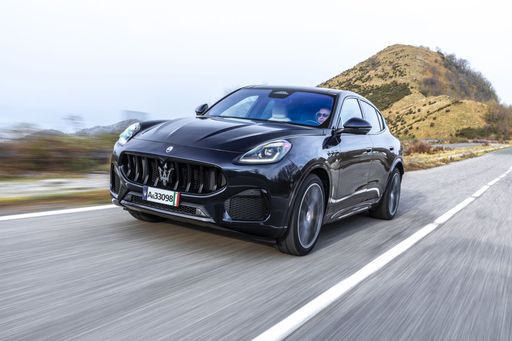 @ media.maserati.com
@ media.maserati.com
 @ media.maserati.com
@ media.maserati.com
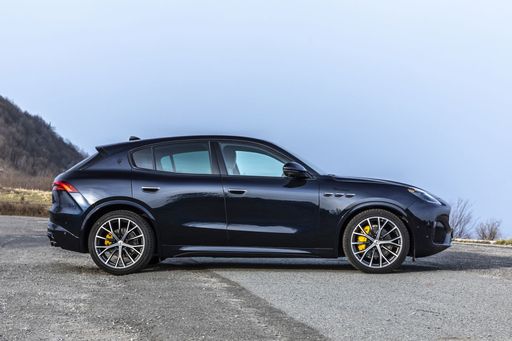 @ media.maserati.com
@ media.maserati.com
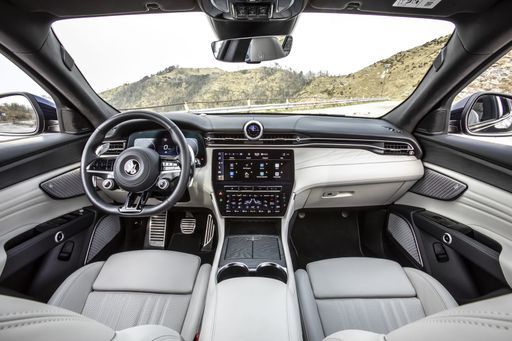 @ media.maserati.com
@ media.maserati.com

|

|
|
|
|
Costs and Consumption |
|
|---|---|
|
Price
199400 - 257100 £
|
Price
71500 - 107400 £
|
|
Consumption L/100km
2.1 - 14.1 L
|
Consumption L/100km
8.8 - 11.2 L
|
|
Consumption kWh/100km
-
|
Consumption kWh/100km
23.90 kWh
|
|
Electric Range
60 km
|
Electric Range
501 km
|
|
Battery Capacity
-
|
Battery Capacity
98 kWh
|
|
co2
51 - 320 g/km
|
co2
0 - 254 g/km
|
|
Fuel tank capacity
85 L
|
Fuel tank capacity
64 L
|
Dimensions and Body |
|
|---|---|
|
Body Type
SUV
|
Body Type
SUV
|
|
Seats
5
|
Seats
5
|
|
Doors
5
|
Doors
4
|
|
Curb weight
2150 - 2405 kg
|
Curb weight
1870 - 2480 kg
|
|
Trunk capacity
454 - 616 L
|
Trunk capacity
535 L
|
|
Length
5112 - 5137 mm
|
Length
4846 - 4865 mm
|
|
Width
2018 - 2026 mm
|
Width
1948 - 1979 mm
|
|
Height
1618 - 1638 mm
|
Height
1651 - 1670 mm
|
|
Max trunk capacity
1596 L
|
Max trunk capacity
-
|
|
Payload
100 - 350 kg
|
Payload
630 - 690 kg
|
Engine and Performance |
|
|---|---|
|
Engine Type
Petrol, Plugin Hybrid
|
Engine Type
Electric, Petrol MHEV, Petrol
|
|
Transmission
Automatic
|
Transmission
Automatic
|
|
Transmission Detail
Automatic Gearbox
|
Transmission Detail
Reduction Gearbox, Automatic Gearbox
|
|
Drive Type
All-Wheel Drive
|
Drive Type
All-Wheel Drive
|
|
Power HP
666 - 800 HP
|
Power HP
301 - 558 HP
|
|
Acceleration 0-100km/h
3.3 - 3.5 s
|
Acceleration 0-100km/h
3.8 - 5.6 s
|
|
Max Speed
305 - 312 km/h
|
Max Speed
220 - 285 km/h
|
|
Torque
850 - 950 Nm
|
Torque
450 - 820 Nm
|
|
Number of Cylinders
8
|
Number of Cylinders
4 - 6
|
|
Power kW
490 - 588 kW
|
Power kW
221 - 410 kW
|
|
Engine capacity
3996 cm3
|
Engine capacity
1995 - 3000 cm3
|
General |
|
|---|---|
|
Model Year
2022 - 2024
|
Model Year
2024 - 2025
|
|
CO2 Efficiency Class
G, B
|
CO2 Efficiency Class
A, G
|
|
Brand
Lamborghini
|
Brand
Maserati
|
Is the Lamborghini Urus offered with different drivetrains?
The Lamborghini Urus is offered with All-Wheel Drive.
The prices and data displayed are estimates based on German list prices and may vary by country. This information is not legally binding.
